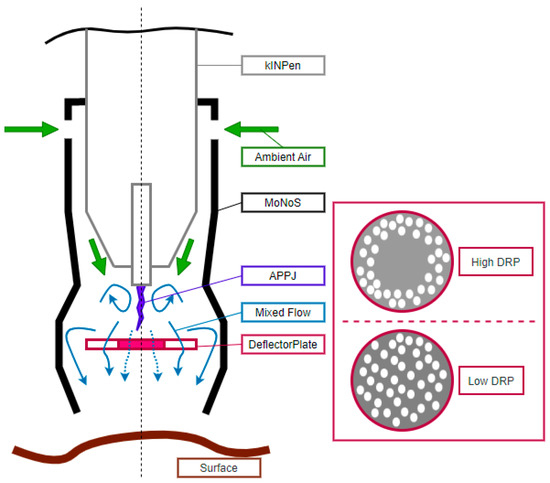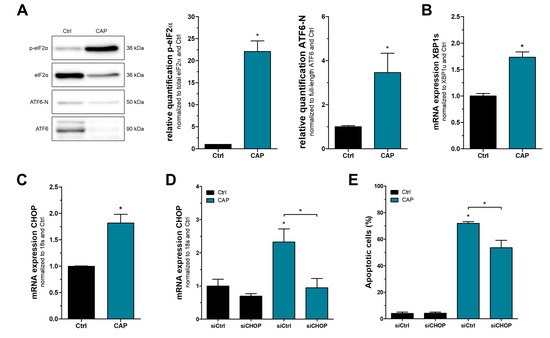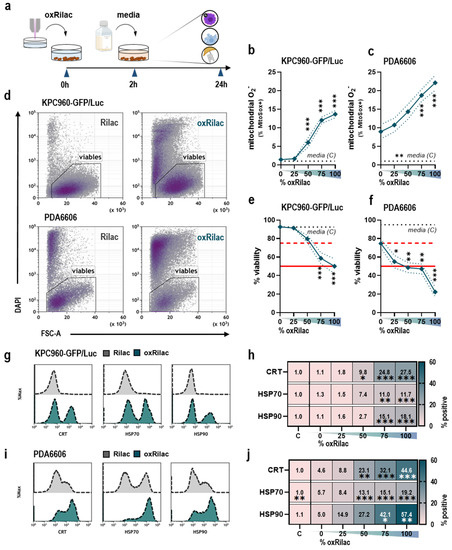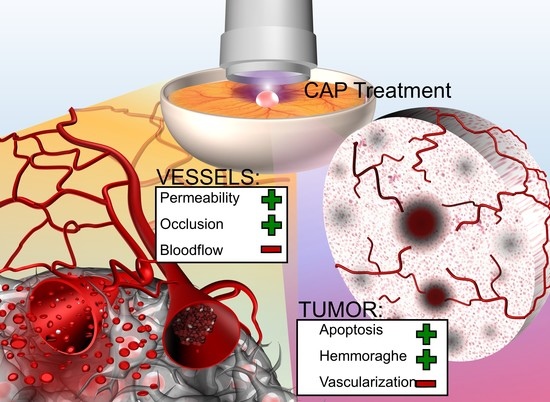Plasma Oncology
A topical collection in Cancers (ISSN 2072-6694). This collection belongs to the section "Cancer Therapy".
Viewed by 9457Editors
Interests: plasma and plasma–surface interactions by means of computer modeling and experiments, for various applications, with a major focus on green chemistry; plasma catalysis
Special Issues, Collections and Topics in MDPI journals
Interests: plasma oncology; plasma medicine; 3D in vitro cancer models; cell biology; oxidative stress; tumor microenvironment
Special Issues, Collections and Topics in MDPI journals
Interests: plasma medicine; cancer biology; immune-modulation
Special Issues, Collections and Topics in MDPI journals
Topical Collection Information
Dear Colleagues,
To date, effective cancer treatments are still limited by a lack of specificity, which can cause varying degrees of systemic adverse side effects. Cold atmospheric plasma (CAP), also called nonthermal plasma (NTP), is a partially ionized gas that is being investigated as a localized cancer therapy. It is created by applying electricity to a gas at atmospheric pressure and near room temperature and consists of neutral gas molecules, electrons, ions, radicals, and excited species. This chemical cocktail can rapidly react with cancerous tissue and induce therapeutic effects, thus opening the new field of plasma oncology. The main effectors in plasma for oncology are the reactive oxygen and nitrogen species (RONS) created by plasma. They can modulate and activate multiple signaling pathways in cancer cells, leading to cell death and stimulation of anticancer immunity. Many different cancer cell lines have been studied in vitro, mainly using two-dimensional (2D) cell cultures. However, in recent years, much progress has been made in studying more realistic cancer models, such as a 3D spheroid model (in vitro) and the chicken chorioallantoic membrane (CAM) model (in ovo). Furthermore, in vivo experiments are increasingly providing evidence of the anticancer effects of plasma, and the first clinical trials have been carried out with promising results. In addition, much research has been performed to investigate the combination of plasma with other treatments, such as chemotherapy or immunotherapy, to boost anticancer activity. Finally, computer modeling (in silico approaches) is being used to obtain a better understanding of the underlying plasma–cell interactions.
This Topic Collection on Plasma Oncology aims to publish papers on all of the abovementioned research topics. We believe an integrated study of the multidimensional effects of plasma in cancer treatment is essential. All papers that provide new insights into the mechanisms of plasma oncology based on in vitro, in ovo, and in vivo experiments, clinical studies, as well as by computer modeling, are welcome.
Prof. Dr. Annemie Bogaerts
Dr. Angela Privat-Maldonado
Dr. Abraham Lin
Collection Editors
Manuscript Submission Information
Manuscripts should be submitted online at www.mdpi.com by registering and logging in to this website. Once you are registered, click here to go to the submission form. Manuscripts can be submitted until the deadline. All submissions that pass pre-check are peer-reviewed. Accepted papers will be published continuously in the journal (as soon as accepted) and will be listed together on the collection website. Research articles, review articles as well as short communications are invited. For planned papers, a title and short abstract (about 100 words) can be sent to the Editorial Office for announcement on this website.
Submitted manuscripts should not have been published previously, nor be under consideration for publication elsewhere (except conference proceedings papers). All manuscripts are thoroughly refereed through a single-blind peer-review process. A guide for authors and other relevant information for submission of manuscripts is available on the Instructions for Authors page. Cancers is an international peer-reviewed open access semimonthly journal published by MDPI.
Please visit the Instructions for Authors page before submitting a manuscript. The Article Processing Charge (APC) for publication in this open access journal is 2900 CHF (Swiss Francs). Submitted papers should be well formatted and use good English. Authors may use MDPI's English editing service prior to publication or during author revisions.
Keywords
- mechanistic studies of plasma effects on cancer cells
- selectivity studies (cancer vs normal cells)
- role of RONS in cancer treatment
- role of the tumor microenvironment
- cell signaling pathways
- in vitro (2D and 3D cell cultures), in ovo, in vivo studies
- combination with chemotherapy, immunotherapy or other therapies
- clinical trials
- safety analysis
- immunological response












